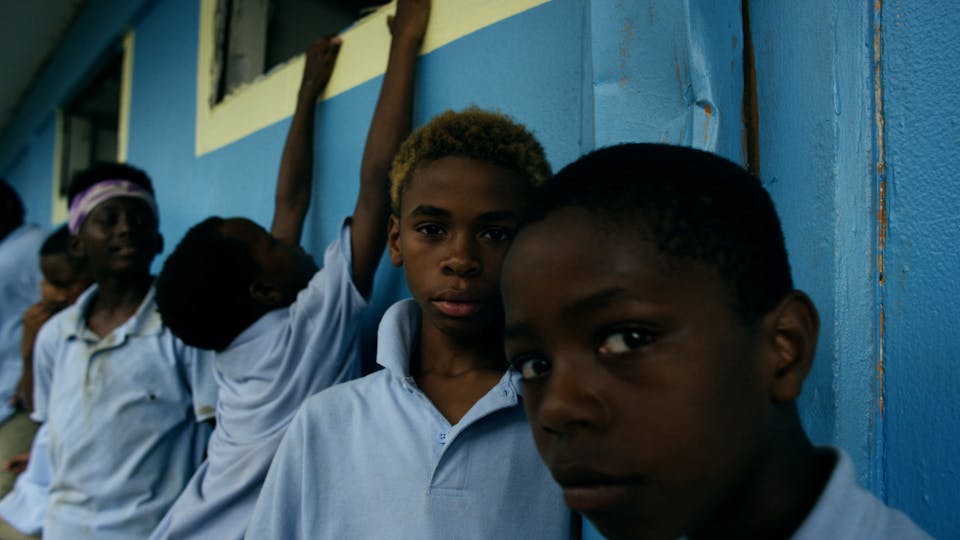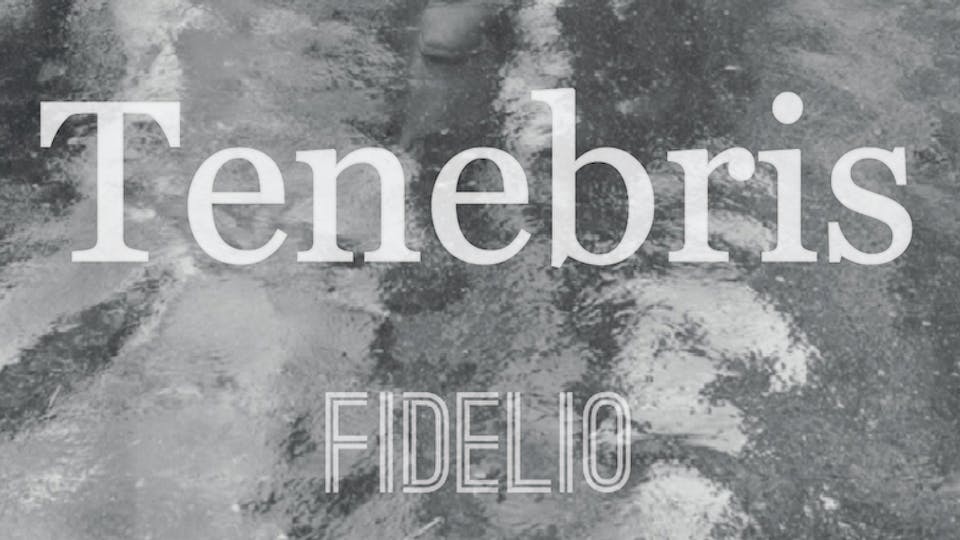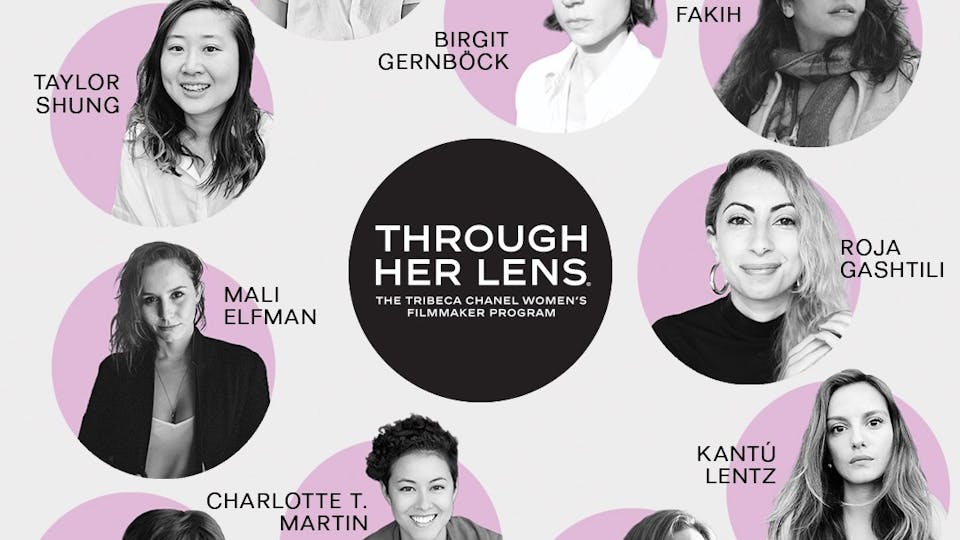Never Forgetting: Banker White and Anna Fitch on 'The Genius of Marian'

Having its world premiere at the Tribeca Film Festival tomorrow, this TFI Documentary Fund grantee directed by Banker White and Anna Fitch is a heartbreaking yet touching tribute to two generations of women in White's family, both having suffered from Alzheimer's disease.
The Genius of Marian.
I have been making documentary films for more than a decade and each project has been deeply important to me in its own way. My most recent film, The Genius of Marian, is the most personal and most challenging project I have ever undertaken. It is a story about my extraordinary mother, Pam White and my family’s efforts to come to terms with the changes brought on by her struggle with early onset Alzheimer’s disease.


I didn’t originally set out to make this film. The project began as a series of informally recorded conversations with my mom in early 2009. My mother had begun writing a book as a tribute to her mother (my grandmother), Marian Williams Steele. The title of her book was The Genius of Marian. Marian (who we all called Mana) was a celebrated painter and artist and an incredible grandmother—loving, fun and magical. In 2001, Marian died of Alzheimer’s disease at the age of 89. She started the book a few years later, and in retrospect I believe it was a way to process what she knew was starting to happen to her. A year into the project she could no longer hide her struggle with typing and other mental tasks and was diagnosed with Alzheimer’s disease herself at the age of 61. To help her continue the project, I began filming our conversations.
Back home in San Francisco I started looking at and editing this footage; pairing it with super family films and really listening to what my mom was saying in our recorded conversations. Working with the footage became a way for me to process what was happening. During this time I also met my wife Anna Fitch, also a filmmaker. She was one of the first people I showed any of this footage to. She had never met my mother but also found her words deeply moving and we began working on the project together. We moved back to Boston and for the next three years we recorded both the big events and the small details of my family’s changing reality. We filmed my parents recounting stories of how they met and fell in love and captured my mother’s delight at the birth of her grandchildren. We also documented my mother’s fierce resistance to accepting help from anyone outside the family and the slow erosion of her ability to dress and feed herself independently.
I grew up feeling like my mom could do it all—and often, she did. She worked full-time while raising my two siblings and me, maintained deep and meaningful friendships and dedicated herself to helping others, both in her personal life and in her career as a therapist. She loved being a mom and encouraged us to be ourselves, always stressing how important it was to talk about our feelings, especially when times were tough. That’s why it was especially painful to see her frozen by the shame of her diagnosis, unable to talk openly about what she was experiencing. And despite being a loving, willing and available family, we also struggled to communicate.
Before she was ready to talk candidly about her diagnosis, my mom and I were able to connect by remembering Marian, someone we’d both loved and had lost to the disease that was now affecting my mother. These intimate conversations became a kind of therapy space and my mom began to share the complex emotions related to what she was going through. At the same time, filming with the other members of my family provided a way for each of us to celebrate my mother’s life while processing difficult feelings about how she was changing.
I approached this film both as a loving son, a collaborative artist and as a patient observer. One of the difficult aspects of making a personal film like this was wanting to create a film that was honest about what a brutal disease Alzheimer’s is while still showing my mother with dignity and as the wonderful, smart, capable and loving person I know her to be. Filming often just felt like was spending time with my mom—spending time engaged in a project that was about the love between a parent and a child. The camera also helped us communicate as a family. It helped me dialogue with my siblings and father about what was happening. Something about the formality of an interview and placing a camera between us actually helped us begin to talk about difficult subjects.
The editorial process was different. It was also a space of healing for me, but the distance and the perspective of watching this episode of our life as recorded material, was very emotional. The changes my mother was experiencing were much more real when I was looking footage and collapsing time. I am grateful to my siblings and father for having the bravery to share so openly. I have been especially moved my father, who displayed tremendous compassion and loyalty while grappling with his changing role from partner to caregiver.
The slow and relentless pace that is the trademark of Alzheimer’s is both it’s blessing and it’s curse. Having this time with my mother has been incredibly precious to me. I am grateful to everyone who helped support me a s a filmmaker and us as a family over the last couple years. Now, more than three years later I am proud and excited that we will soon be able to share it with others. In 2013 there are more than five million people living with Alzhemer’s disease in the United States alone. I know our family’s story will resonate many—not only for those directly affected by Alzheimer’s but for with anyone who has experienced the complicated emotions around aging and loss. It is from this place that I know we have created something special.
[Photos: Banker White and Anna Fitch]






